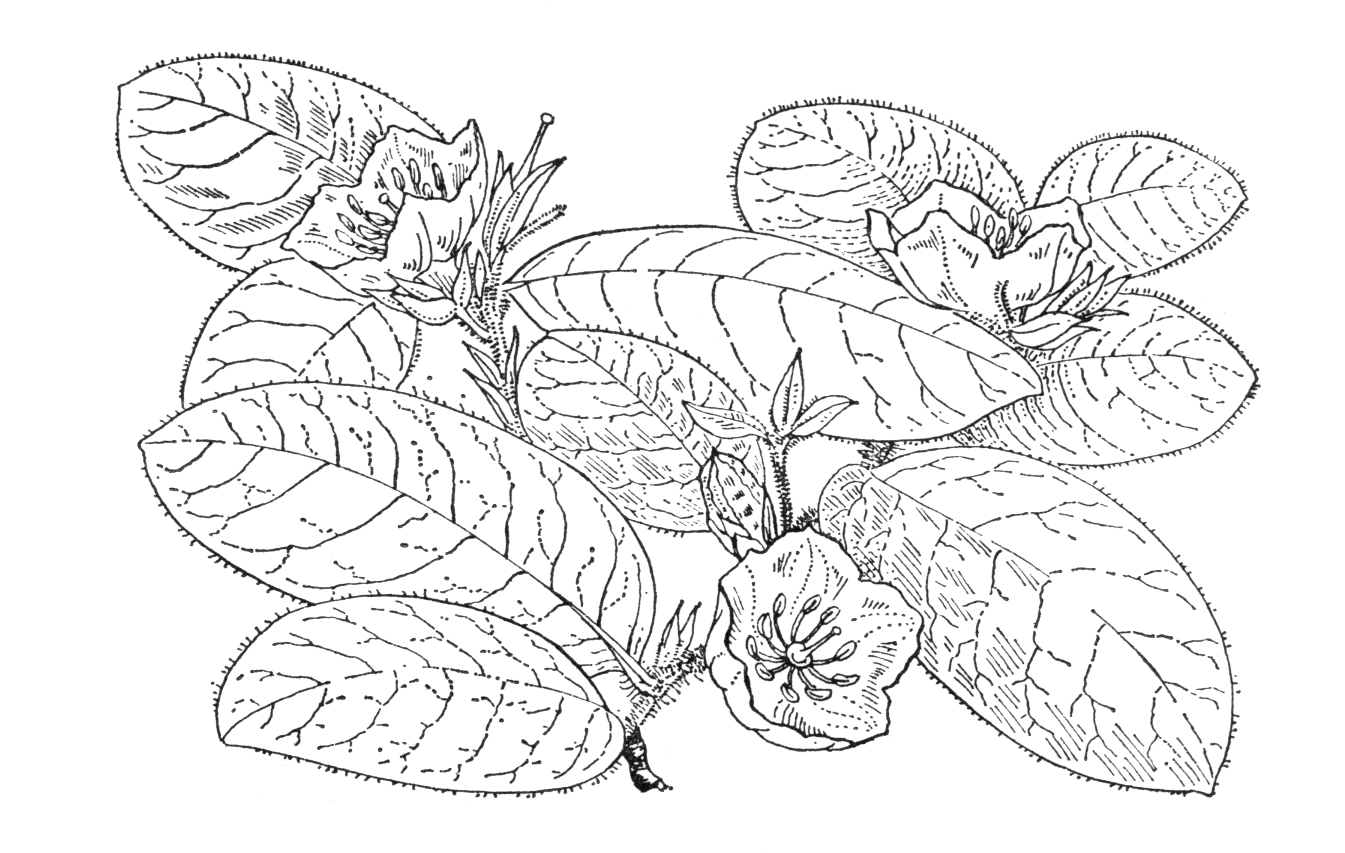Orphanidesia
Credits
Article from Bean's Trees and Shrubs Hardy in the British Isles
Recommended citation
'Orphanidesia' from the website Trees and Shrubs Online (treesandshrubsonline.
Family
- Ericaceae
A genus of a single species, confined to a small area in N. W. Anatolia and bordering parts of Russia. It is very closely allied to Epigaea and should perhaps be united with it. It has been stated that the anthers in Orphanidesia open by apical pores; in fact they dehisce by longitudinal slits, exactly as in Epigaea repens. In his note accompanying the plate in the Botanical Magazine the late Dr Turrill wrote: ‘The shape of the corolla seems to give the best gross morphological difference between the two genera, if they be retained as such. In Orphanidesia the corolla is widely shallow-campanulate in its upper expanded portion; in Epigaea it is more or less urn-shaped (urceolate) or salver-shaped (hypocraterimorph). Whether the two genera should best be kept distinct or be united must be left for a decision of a monographer of the family.’
From the Supplement (Vol.V)
This genus, long considered to be only doubtfully distinct from Epigaea, should certainly be included in it, as E. gaultherioides (Boiss. & Bal.) Takhtadjan.

